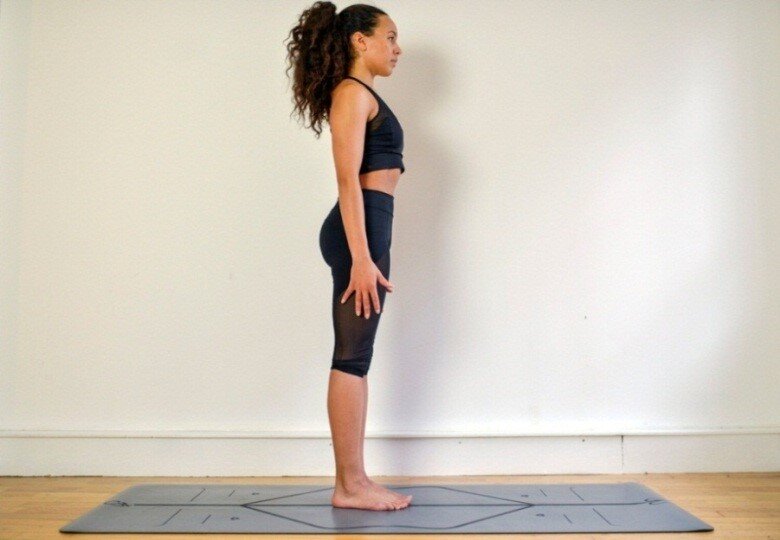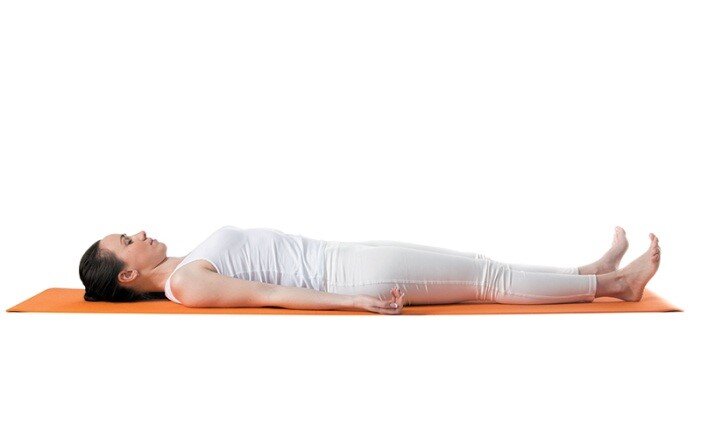Yoga is a delicate and therapeutic approach to unwind your day. We all know that practicing yoga helps our body and mind in numerous extraordinary ways. From developing core strength, bringing flexibility, reducing stress, and easing body pain; yoga also helps you sleep better and peacefully especially if you are sleep deprived or suffer from insomnia. Some findings found that more than 50% of individuals who did yoga found that it helped them in getting better sleep. Over 85% said yoga helped in reducing stress.
It’s a proven fact that if individuals who suffer from sleep deprivation perform yoga consistently, they get more sleep and also fall asleep quicker than before. Ultimately nights with peaceful sound sleep keeps you fresh and lively all through the day.
Therefore, Yoga comes to your rescue if you are unable to get enough sleep. Practicing yoga also helps in easing several illness, including insomnia and abnormal sleeping habits.
Good Night Poses
We will be discussing some of the pre sleep yoga poses which are ideal for preparing your mind and body for a better sleep.
Corpse Pose: This is the traditional resting pose. Just lie on the ground with straight stretched legs and relax your arms each side with palms facing upward. Mind your breath while you inhale and exhale slowly. If you want to block the lights you can cover your eyes with a folded towel.
Standing Forward Bend (Uttanasana): This stress releasing pose is believed to cure insomnia, anxiety and headaches. Bending your head below your heart calms the brain. Uttanasana extends and stretches your hamstrings and calves. It opens the hips and can mitigate pressure in the neck and shoulders.
Legs up the Wall (Viparita Karani): This is again an excellent pose that allows your mind and body to relax. After a hectic tiring day, if you notice a swollen ankle and feet this pose comes to the rescue. Viparita Karani helps in recirculating the blood flow. Combined with controlled breathing this pose reduces anxiety, nervousness and relaxes the whole body.
Child’s Pose (Balasana) : It is a resting pose which gently stretches your hips, thighs and ankles. Balasana provides a sense of calm and stability reliving stress and fatigue.
Reclining Bound Angle (Supta Baddha Konasana) : The ultimate goal of this pose is to reduce stress and anxiety. It helps in easing tension in your hips and is also practiced to lower blood pressure helping in relaxing the mind and body.
Janu Sirsasana (head-to-knee pose) : The head to knee pose stretches the hamstrings, hips and groin muscles. This restorative pose calms the mind and helps in relieving mind depression. It is considered to be therapeutic for high blood pressure and insomnia.
Eventually practicing yoga is therapeutic and it calms your body and mind, that’s what all you need for a good and great sleep. So, if you are suffering from sleep deprivation try the above poses before going to bed. Moreover, doctors recommend a sound sleep for six to eight hours daily as when we sleep our body repairs on a cellular level and removes toxins.
Click here to view 24 tips from 24 people on how to sleep better.
Nida Zakaria
















